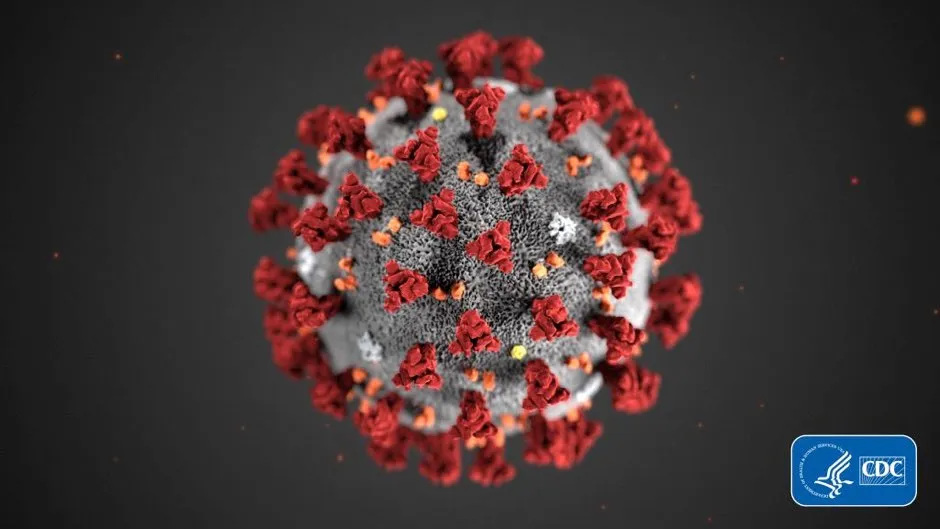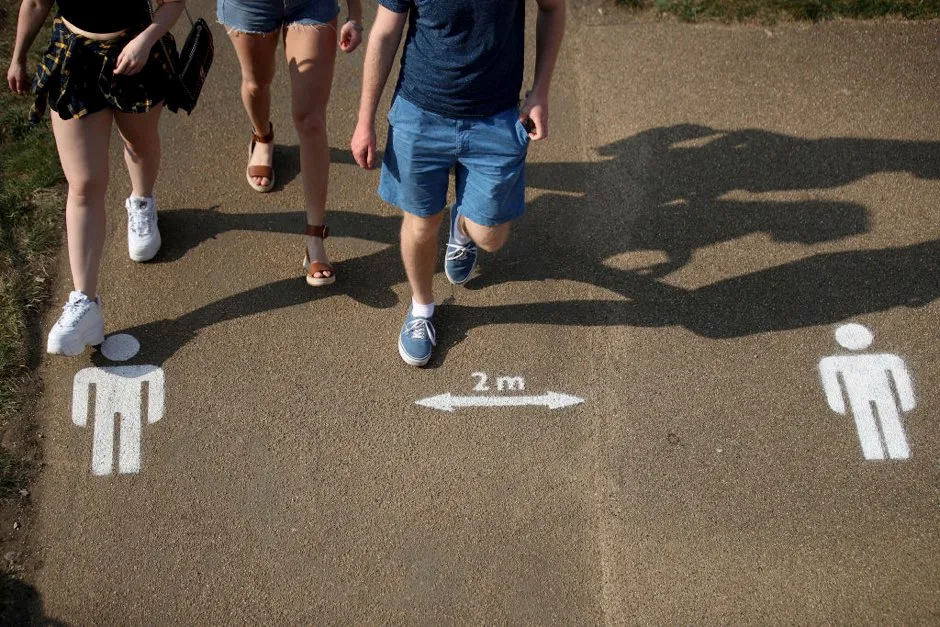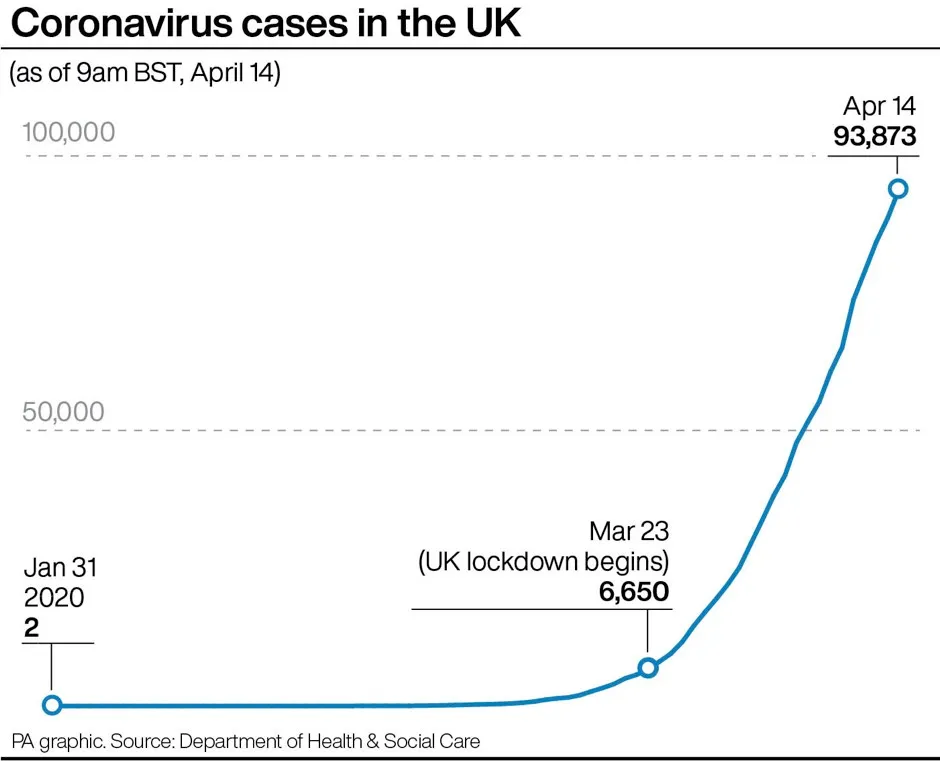How long coronavirus persists in people after the initial pandemic stage depends on the duration of human immunity, researchers say.
According to a new study, while one-time social distancing may suppress critical cases to within hospital capacity, infection will resurge once these measures are lifted.
This will overwhelm hospitals to the extent that social distancing may need to be maintained intermittently into 2022, the research suggests.
The new modelling study indicates the total incidence of the virus until 2025 will depend crucially on the duration of human immunity – which scientists currently know little about.
Researchers say longitudinal studies are urgently required to determine the extent of population immunity, whether immunity wanes, and at what rate.
Read the latest coronavirus news:
- Ferrets potential ally in the search for coronavirus vaccine
- Coronavirus 'a wolf in sheep's clothing', tricking its way into the human body
- Aggressive Wuhan lockdown 'halted coronavirus outbreak' in China
Experts think it is unlikely that COVID-19 will follow its closest cousin, SARS-CoV-1, and be eradicated by intensive public health measures after causing a brief pandemic.
Instead, the transmission could resemble that of pandemic influenza by circulating seasonally.

Stephen Kissler, a postdoctoral fellow at Harvard TH Chan School of Public Health, Grad Lab, department of immunology and infectious diseases, and colleagues, used data on seasonality from other known human coronaviruses – assuming some cross-immunity between them and SARS-CoV-2 – to build a model of multi-year interactions.
They used the model to investigate how long social distancing measures need to stay in place to maintain control of COVID-19 projecting its potential dynamics over the next five years.
Based on their simulations, they say the key factor modulating virus incidence in coming years is the rate at which virus immunity wanes – something which scientists are yet to determine.
How to stay safe during lockdown:
- Coronavirus: Is hand-washing really the best thing we can do to stop the spread of COVID-19?
- Lockdown: why is social isolation so hard?
- Which science and tech shows to stream, watch and listen to during lockdown
- 10 science-backed tips to help you work from home successfully
The researchers report that under all scenarios simulated, including one-time and intermittent social distancing, infections resurge when the simulated social distancing measures are lifted.
Their model indicates that when social distancing is relaxed when virus transmissibility is heightened in autumn, an intense winter outbreak may occur, overlapping with flu season and exceeding the capacity of hospitals.
Another scenario suggests a resurgence in COVID-19 could occur as far in the future as 2025.

The researchers say that new treatments could alleviate the need for stringent social distancing but in the absence of these, surveillance and intermittent distancing may need to be maintained into 2022.
This would give hospitals time to increase critical care capacity while allowing population immunity to accumulate.
Read more about the coronavirus:
- What is viral load and why is it important to coronavirus?
- Corrupted Blood: what the virus that took down World of Warcraft can tell us about coronavirus
- Coronavirus: Should we all wear face masks?
The authors write in the Science journal: “Our goal in modelling such policies is not to endorse them but to identify likely trajectories of the epidemic under alternative approaches.”
They say: “Additional interventions, including expanded critical care capacity and an effective therapeutic, would improve the success of intermittent distancing and hasten the acquisition of herd immunity.
“Longitudinal serological studies are urgently needed to determine the extent and duration of immunity to SARS-CoV-2.
“Even in the event of apparent elimination, SARS-CoV-2 surveillance should be maintained since a resurgence in contagion could be possible as late as 2024.”

Mark Woolhouse, Professor of infectious disease epidemiology at the University of Edinburgh, said: “This is an excellent study that uses mathematical models to explore the dynamics of COVID-19 over a period of several years, in contrast to previously published studies that have focused on the coming weeks or months.
“It is important to recognise that it is a model. It is consistent with current data but is nonetheless based on a series of assumptions – for example about acquired immunity – that are yet to be confirmed.
“The study should therefore be regarded as suggesting possible scenarios rather than making firm predictions.”

